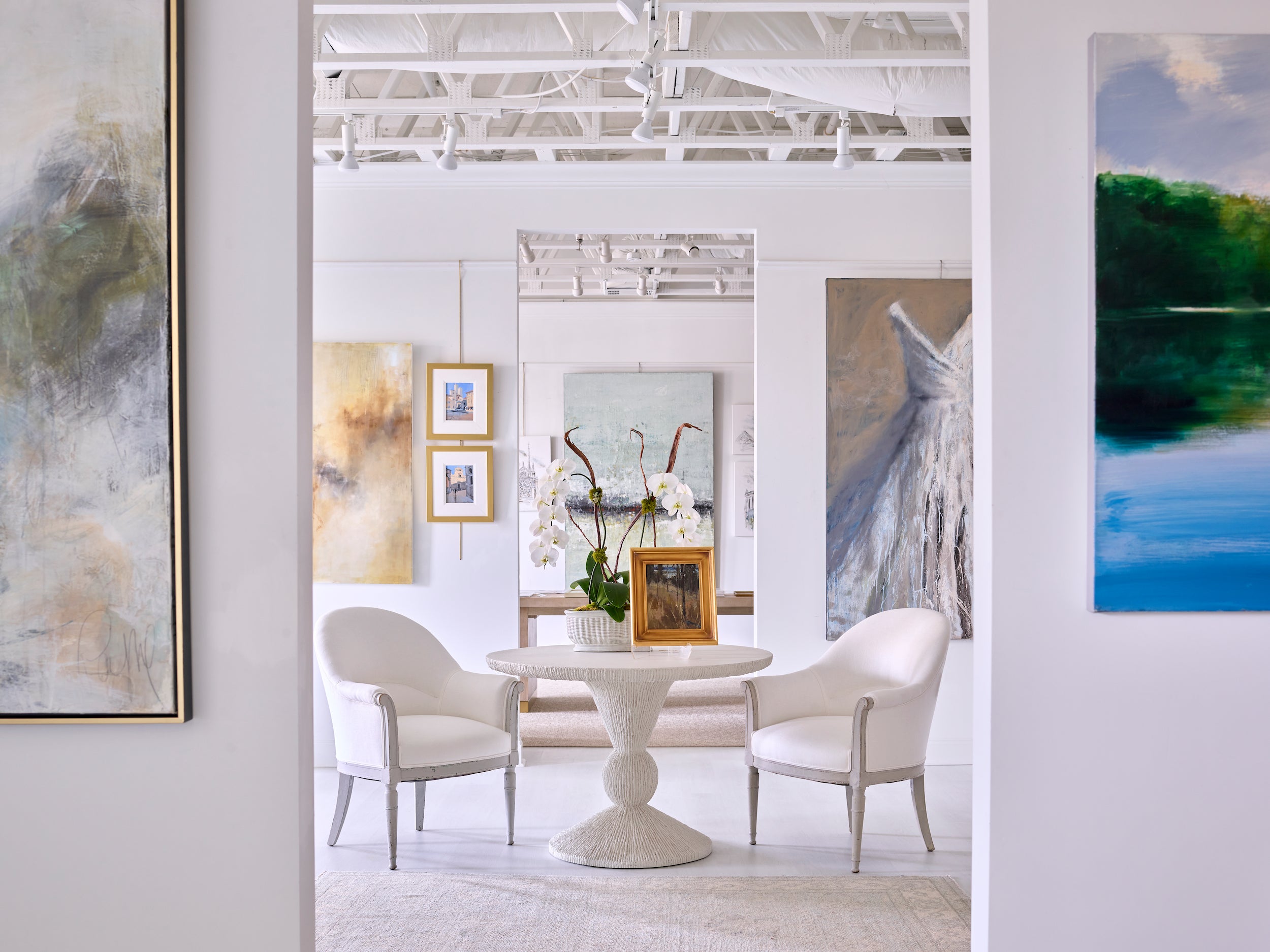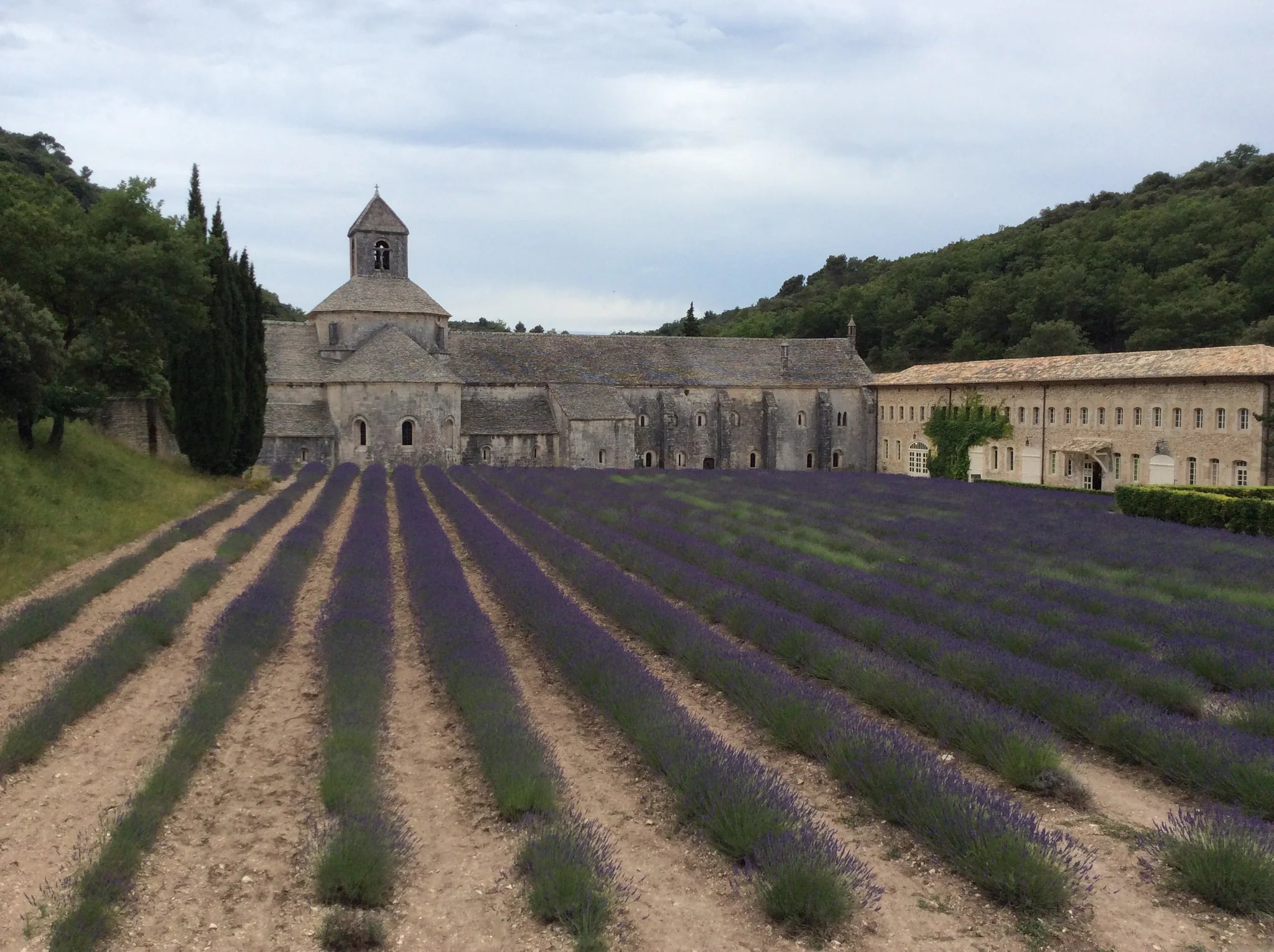Mel Rea
Mel began her artistic career as a devoted clay sculptor. However, as time passed, she began to long for a change. Several years back she explored new options while exhausting more mediums than she can recall. It was during this period that she discovered a small batch of beeswax left behind from the last of her grandfather's beehives. Mel's grandfather, Sam Sekerak, spent his childhood in Russia where he was inspired to build an apiary farm. His dream came true as an adult in the States where he built and farmed his own set of beehives. As a young girl, Mel felt such a sense of peace walking amongst her grandfather's hives. She developed a very deep connection, respect, and appreciation for Mother Nature. Like many artists, she is a constant source of inspiration. This connection along with that old batch of beeswax is what led my transition away from clay and into encaustic painting (painting with molten beeswax). She is grateful for the intense labors of the beautiful honeybee, and consider beeswax a unique gift to be treasured.
As a strange twist of fate, her name is translated in the Greek word for "honeybee". She loves traditional Japanese pottery and contemporary Japanese painting. The soft satin finish of the beeswax along with the ability to incise elegant clean lines, was just what she'd longed to achieve. While many Japanese works of art juxtapose subtle softness beside bursts of vibrant colors, with encaustics she too could soften my light filled blues while keeping my reds and ochers intensely opaque. Composition and color in Mel's paintings are meant to reflect the emotional balance she draws from our natural world.
As she feels committed to being in a constant state of evolution, she's expanded from encaustic into many other mediums. She's found a lot of comfort in more traditional mediums such as watercolors and oil paints. Most recently she's found that alkyd oils set a comfortable pace for her work. For Mel this oil paint alternative is akin to the bed Goldilocks deemed most comfortable. It dries slower than acrylic paint, but more quickly than traditional oils. With alkyd paints, she is physically moving fast and furiously, but the dry time is slow enough for her to contemplatively work back into a piece during a painting session. It has provided a great deal of physical and psychological freedom, and a direction she is inspired to pursue.
Filters
















